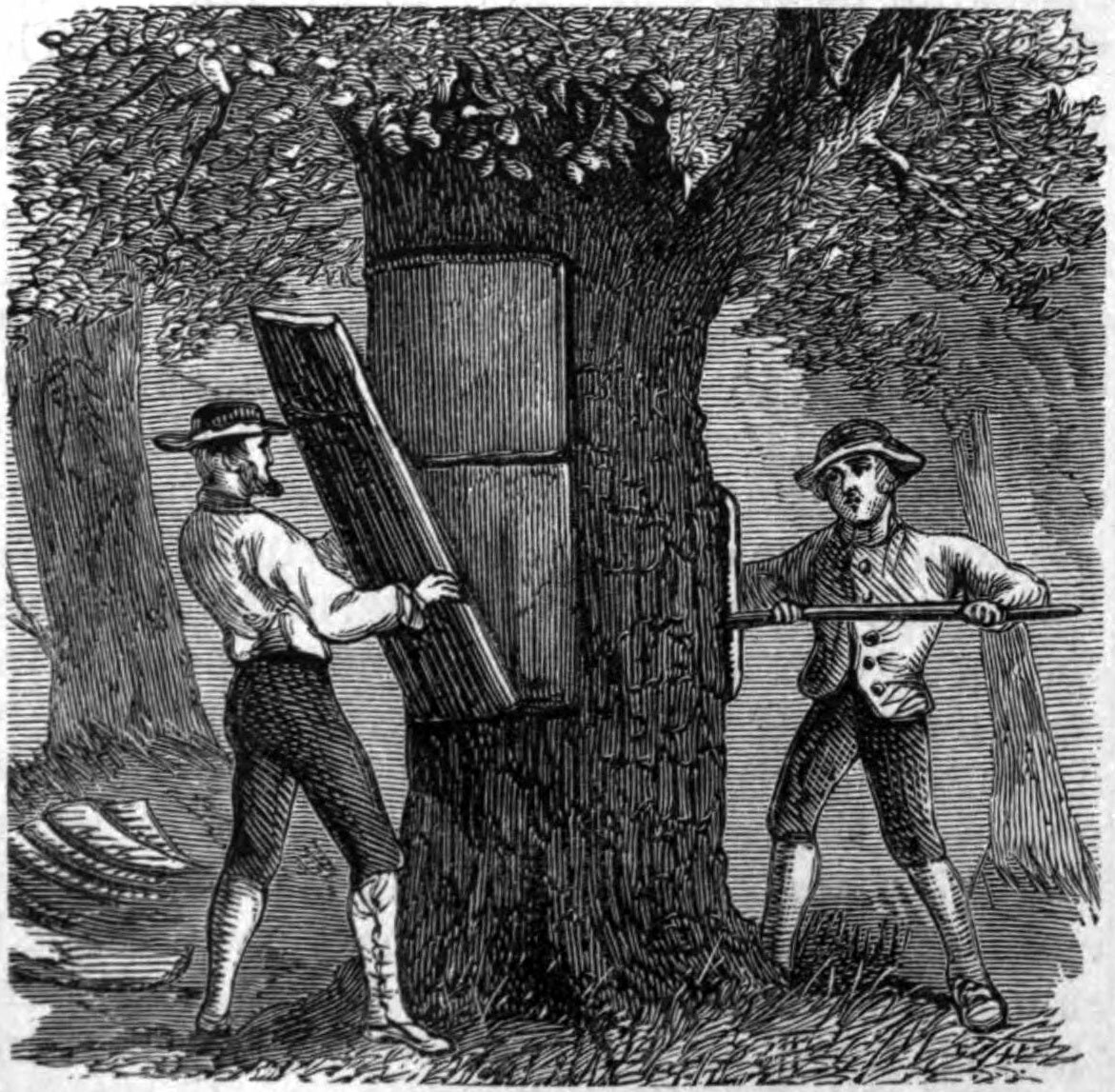The cork oak tree grows, thickens its bark. Its broad crown offers an important habitat for a rich variety bird life and its roots a home for crawling insects. The tree binds water and nutrients even in rocky terrain and stabilizes the soil; thus protecting it from erosion.
During its average lifespan of over 200 years, the tree produces the finer oak the older it gets. It enjoys when the Tiradores – cork strippers – gently peel off the outer layer of its bark. Exposed, the bright orange newly fleeced cork-oak trunk absorbs carbon up to five times more than a non-harvested tree and begins a new, decade long cycle of growing yet another layer of silvery-charcoal gray bark.
There was a period in history when oil-based materials became a cheaper, non-renewable alternative to cork, replacing it in many products. Wine bottles, which had been capped with cork for hundreds of years now got synthetic or screw-on stoppers. Some dared to claim that cork was an inferior material or that the cork-oak trees had become endangered. The people of the montados – the cork-oak woodlands – became alarmed as their gold was becoming worthless.
Some forests were cut down to grow feed for livestock as it had demand in the market. Fortunately not all cork growers became discouraged. Some still had hope in their hearts that cork would still have its place in the changing world. And so the trees continued to grow their bark and the cork growers kept their source of livelihood. New innovations were made to utilize the finest cork and the cork fabric was born.
The bark is gold for its environment. Today, the local artisans combine traditional craftsmanship with modern technology to create products that are sought-after around the world. The more refined the product, the more value it brings to the people of the cork-oak woodlands.
When a Finnish designer discovered the cork fabric, she thought that there was an air of familiarity to it. She had herself grown amongst boreal forests and birch trees, and the material born on the other side of Europe reminded her of the knapsacks of birch-bark, which her ancestors had used for carrying items. After years of experimenting with the cork fabric, she was won over by this renewable and ecological material that developed a beautiful patina as it aged in daily use. “Everyone should hear about this!” she thought, and a new line of practical and refined cork products was born.
The items in the Thinkers and Makers series are designed in Finland and sewn in Portugal by craftsmen, to make durable and versatile products that truly live in their owners’ everyday life. In the bags all necessary items find their place. The notebooks and sketchbooks carry ideas and thoughts, inspire creativity on the way towards a sustainable and conscious future.
The tree continues to grow its bark. The biodiversity and the source of livelihood and craftsmanship, passed from one generation to the other, continues in the cork-oak woodlands.







